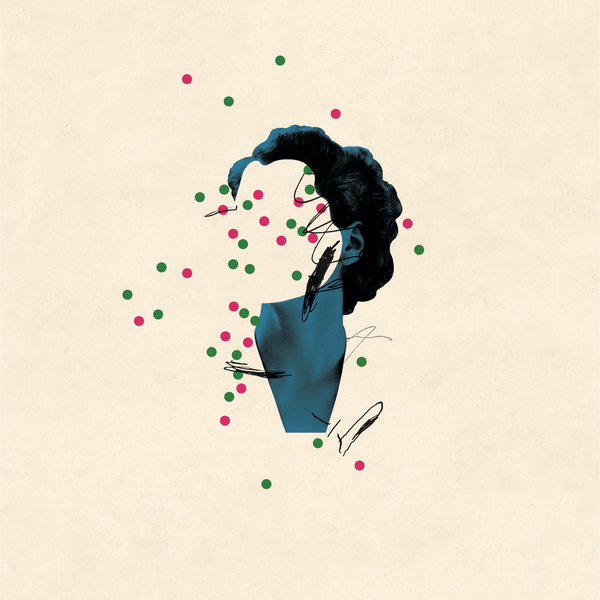Building Blocks of Dermatopathology
BAD DermpathPRO Learning Hub: Diagnostic Clues
Case Number : CT0098 Adam_Bates
Please read the clinical history and view the images by clicking on them before you proffer your diagnosis.
Submitted Date :
1 year, dark lump, upper thigh. h/o penile carcinoma and lymph node dissection (Case c/o Dr Kathleen Romain).















User Feedback